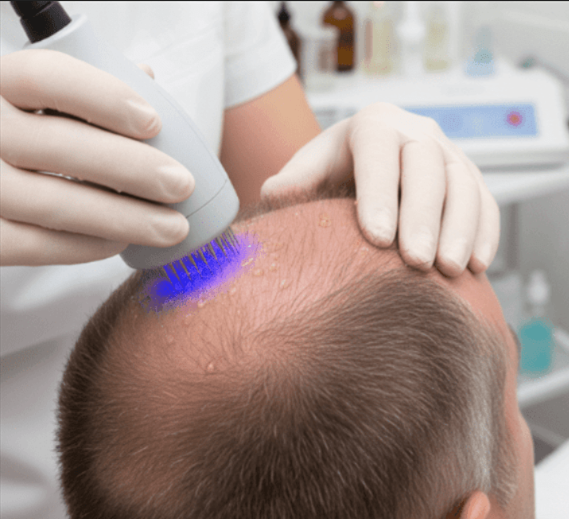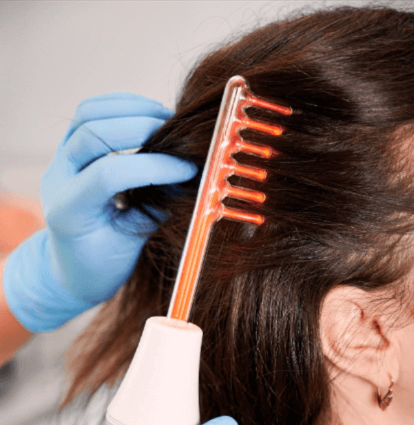Korea is renowned for its precision in cosmetic dermatology, especially when it comes to treating pigmentation with Pico Laser technology. Unlike a one-size-fits-all approach, top Korean dermatologists design highly customized treatment plans for each patient—taking into account skin type, pigmentation depth, medical history, and travel timelines.
In this article, we’ll explore how Korean doctors create individualized Pico Laser plans that balance efficacy, safety, and convenience—especially for international patients visiting for medical tourism.
👩⚕️ Step-by-Step Process: Personalized Pico Laser Planning in Korea
1. Initial Consultation and Pigment Analysis
The process begins with a comprehensive skin assessment, which may include:
- Wood’s Lamp Examination
- VISIA Skin Analysis System
- Melanin mapping via Dermoscopy or Spectrophotometry
Doctors assess:
- Type of pigmentation (melasma, freckles, sunspots, PIH, etc.)
- Depth (epidermal vs. dermal)
- Skin tone (Fitzpatrick scale)
- Sensitivities or previous laser history
“No two pigmentation cases are alike. Some require shallow, low-density pulses; others need deeper intervention. We rely on science—not guesswork.”
– Dr. Kim Hyun-Joo, Dermatologist, Apgujeong, Seoul
2. Choosing the Right Pico Laser Platform
Korean clinics offer a range of FDA- and KFDA-approved Pico Lasers. Selection depends on patient goals:
| Laser Platform | Best For | Pulse Duration | Skin Types |
|---|---|---|---|
| PicoSure® | Acne scars, fine pigmentation | 755 nm | Fair to medium |
| PicoWay® | Mixed-type melasma, deeper pigment | 532 & 1064 nm | All skin tones |
| Discovery Pico® | Resistant pigmentation, faster clearing | Dual wavelengths | Most skin types |
Each device has interchangeable handpieces for spot, fractional, or wide-area delivery—tailored during planning.
3. Customizing the Treatment Parameters
Based on your skin’s condition, Korean doctors customize:
- Pulse energy (J/cm²) – to avoid burns or PIH
- Spot size – smaller for precise lesions, larger for diffuse pigment
- Pass count – typically 1–3 per session
- Frequency of sessions – spaced 2–4 weeks apart
“For international patients staying just 7–10 days, we may intensify the first session and plan a remote follow-up.”
– Dr. Lee Eun-Seo, Gangnam Skin Center
✈️ For Medical Tourists: Sample Pico Laser Plans by Duration of Stay
🗓️ Option 1: Short-Term Visit (5–7 Days)
- 1 full-face Pico Laser session
- Post-laser calming therapy (LED light, mask)
- Take-home skincare kit
- Virtual follow-up at 4 and 8 weeks
🗓️ Option 2: Extended Stay (2–3 Weeks)
- 2 sessions, spaced 7–10 days apart
- Add-ons: PRP therapy or skin boosters between sessions
- In-clinic dermal hydration infusions
- 1-month skincare protocol for continued results
🗓️ Option 3: Repeat Visitor (2–3 visits/year)
- 3–5 Pico sessions over several months
- Annual pigment management plan
- Seasonal skin checks and tailored K-beauty maintenance
🔁 Adjustment After Each Session
Korean dermatologists frequently reassess the skin after each treatment, adjusting:
- Laser intensity
- Target zones
- Number of passes
- Complementary care (e.g., antioxidants or anti-inflammatory serums)
This dynamic, data-driven adjustment ensures:
- Maximum pigment clearance
- Minimal side effects
- Faster skin recovery
💡 Combination Treatments Tailored for Individual Needs
Pico Laser often works even better when paired with other treatments. Doctors may recommend:
- Brightening IV Drips – for systemic antioxidant support (glutathione, vitamin C)
- Skin boosters – such as Rejuran or polynucleotide injections
- Topical tranexamic acid or arbutin creams
- Medi-facials – post-laser hydration and healing
These are customized based on pigmentation cause (hormonal, sun-damage, inflammation) and skin sensitivity.
🔬 Case Example: Tailored Plan for a Medical Tourist
Patient: Maria, 34, from Spain
Skin Concern: Deep dermal melasma, PIH from acne
Stay Duration: 10 days
Treatment Plan:
- Day 1: PicoWay session + LED recovery mask
- Day 3: Rejuran booster injection
- Day 8: Second PicoWay session (lower intensity)
- Take-home kit: sunscreen, tranexamic acid serum, moisturizer
- Remote follow-up every 3 weeks with photo analysis
Result: 50% pigment reduction in 1 month, 80% by 3-month virtual check-in
📌 Final Words: The Korean Advantage in Personalized Laser Treatment
Korean clinics have a global reputation for:
- Precision in skin diagnostics
- Technology diversity and innovation
- Medical-grade K-beauty product integration
- Multilingual services for global patients
- Post-treatment digital care continuity
Their patient-centered approach means no unnecessary treatments—just carefully calibrated sessions that suit your skin, your schedule, and your goals.




